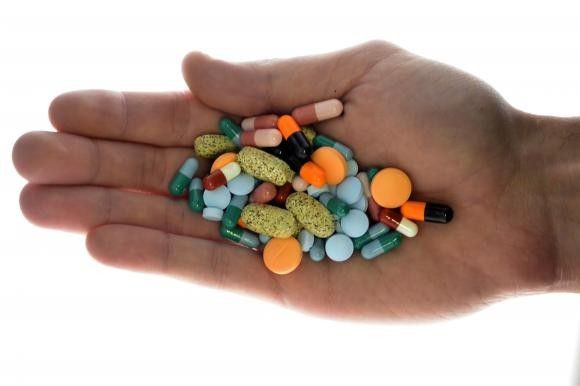Researchers redesign drugs to lessen pollution in wastewater

A group of scientists has come up with a novel approach to prevent pharmaceuticals from persisting as micropollutants in waterways. To minimize their harmful impact to the environment, drugs were modified to biodegrade once they are released to wastewater.
Human excretion is the main source of drugs found in bodies of water, accounting for more than 90 per cent, a study claims. Addressing this concern, researchers redesigned propranolol, a drug commonly used to treat high blood pressure, into a form that will still be pharmacologically active but breaks down more easily in wastewater treatment.
Klaus Kümmerer of Leuphana University of Lüneburg in Germany led his team in exploring ways to remove micropollutants from wastewater. Among the methods they tested is exposure to ultraviolet light, which can transform compounds into more biodegradable products. They tested the idea on propranolol, a drug that does not biodegrade in the environment. This beta blocker is considered toxic to some aquatic creatures when chronically exposed at concentrations found in wastewater effluent.
After dissolving the drug in pure water, the researchers exposed it to UV light for about four hours. The team tested the compounds’ biodegradability by incubating it with effluent from a local sewage treatment plant and measuring consumption of oxygen and organic carbon over time by the microbes present. Among the 16 derivatives it produced, the most promising derivative they discovered is the 4-hydroxypropranolol, biodegraded by 23 per cent into inorganic components such as carbon dioxide and water after one month. Some 48 per cent of the derivative was at least partially degraded into other organic compounds that computer models predict to be low in toxicity.
The researchers used computer modeling and a cell culture binding assay to confirm if 4-hydroxypropranolol, while having low toxicity and good absorption, still has similar drug activity to propranolol. An earlier study showing that the two compounds have similar activity in rats, cats, dogs and guinea pigs substantiates the group’s findings. Kümmerer still hopes to improve the biodegradability of the propranolol derivative and to investigate other methods to enhance drug decomposition. The photochemical approach, according to Kümmerer, could be used to develop biodegradable alternatives for most drugs and other micropollutants, such as those found in personal care products.
Susan D. Richardson, an environmental chemist at the University of South Carolina, says the researchers cleverly used a simple method to produce an alternative compound with promising biodegradability. Moving forward, she says the team should study the toxicity of the derivative and its degradation products in living organisms, as well as test if chlorination and other drinking water treatments would transform these compounds into toxic by-products. This method “could be a revolutionary way to lower our load of drugs to the environment,” Richardson concludes.
Contact the writer at feedback@ibtimes.com.au or tell us what you think below.




















